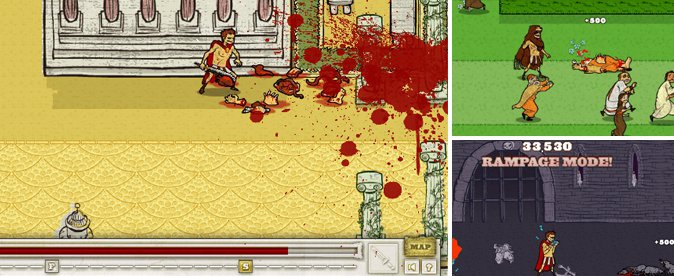

The Dummy Batter Drill gives pitchers the ability to practice different pitches without risking hurting a batter with a rogue pitch when mastering a new pitch type. Every type of pitch takes its own practice to master. Pitching is an art that combines mechanics with speed, aim, and accuracy. One player will act as the catcher and take the position of the coach described above, while the pitcher will play the outfield. If there are two people available for off-field practice, the desperation throw drill is even easier to do. The ball will spring back from the pitchback, and the pitcher will catch it on the ground, throwing it into a bucket positioned near the pitchback. In solo practice, the pitcher will stand some distance from the pitchback (far enough that she’s not pitching, but near enough that the ball reaches the surface with at least some momentum left). It can also be performed indoors in a location like a gymnasium, assuming there is enough space for throwing. Using a pitchback, pitchers and other players can perform this drill in the backyard on their own. While the desperation throw as described above does require multiple players and equipment, it can be done solo if need be. The catchers should rotate out after three to four throws. She should then scoop it up with her glove (preferably while the ball is still moving), and throw it immediately toward home plate, where the catchers will do their thing, mimicking tagging the runner out. When the coach throws the softball (in simulation of a batter hitting the ball), the first player in line will charge the ball. The coach will throw a softball toward one of the outfield positions (go in order, one pitch per position and then start at the beginning for the next set of three pitches). He or she will need a bucket of softballs. The coach should stand on the pitcher’s mound. You’ll need the rest of your pitchers lined up in each of the three outfield positions (have the players form lines, as they will need to go in order for the drill to work). Start with two catchers, both fully equipped, standing at home plate. Unlike many other drills, there are several pieces of equipment needed for this one, and you’ll also need quite a few players to do it right. It can also be used to train multiple pitchers at the same time, so it can help combine your efforts with all the pitchers on the team. It also focuses on catching skills, an area often overlooked with softball pitchers (the logical focus of training is on pitching speed, control and stance, but catching is an essential part of the position). Instead, if focuses on fielding skills, as well as the ability to throw immediately. This drill differs from most pitching drills out there, as it doesn’t really focus on skills specific to the mound, at least not in terms of getting the ball across the plate.

The desperation throw drill can help develop the skills necessary in this scenario (as well as numerous other scenarios). A pitcher fast on her feet and alert to the game around her can make all the difference – keeping that run from getting in and ending the inning right now. There’s still a runner to worry about, rounding third and heading for the plate. It’s a hit, but the pitcher saves the day by catching it on the fly. There’s a runner on second base, and your pitcher winds up, and releases. There are still two more outs to go and the inning is running long. Teach Pitchers What to Do in a Last Ditch Effort for a Final Out


 0 kommentar(er)
0 kommentar(er)
